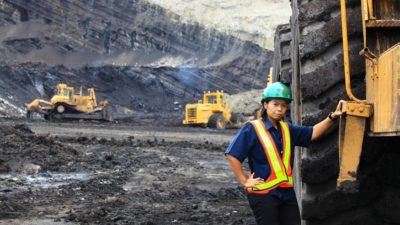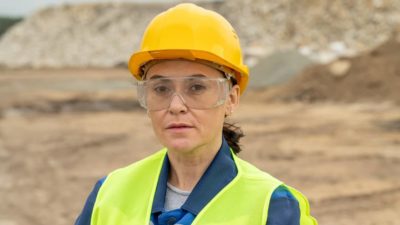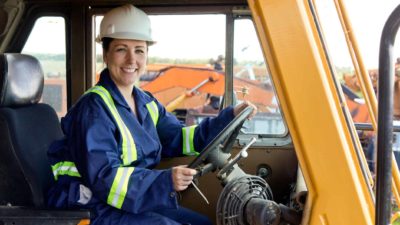The Fortescue Metals Group Ltd (ASX: FMG) dividend has come under scrutiny as capital requirements change and leadership figures leave the business.
For the last several years, the ASX mining share has built a reputation as a payer of large dividends. However, the company has increasingly grand plans when it comes to its green energy initiatives relating to green hydrogen, green ammonia, high-performance batteries and the production of green equipment necessary for decarbonisation.
Some investors may have been wondering how Fortescue can maintain a high dividend payout ratio, carry out its green energy goals and maintain a good balance sheet. It could be particularly problematic if iron ore prices fall, reducing how much net profit after tax (NPAT) it can make.
Some of Fortescue's leadership team have been talking to analysts to try to reassure them.
Management changes shouldn't be worrisome
According to reporting by the Australian Financial Review, a team of the new mining division Fortescue Metals' boss Dino Otranto, the acting chief financial officer Apple Paget, Fortescue Future Industries (FFI) boss Mark Hutchinson and deputy chair Mark Barnaba spoke to analysts in Sydney and Melbourne earlier this week.
The first point that the Fortescue group reportedly said to analysts was that former CEO Fiona Hick was "not the right fit" for the business, with different views on internal processes and board engagement.
Barnaba supposedly said that there isn't instability at the business and that turnover below the 'C-suite level' is very low, in the single digits. Those comments were in response to a number of exits.
Dividend payout ratio will be unchanged
Fortescue has had a policy of a dividend payout ratio to pay between 50% to 80% of NPAT to shareholders.
Prior to the release of the FY23 result, Fortescue had also committed to allocate 10% of its net profit to the green energy initiatives so that the segment would have enough funding to get started.
However, Fortescue has changed that policy – the 10% allocation of Fortescue's net profit to fund FFI will no longer apply and all projects and investments "will be assessed on their own merits consistent with Fortescue's capital allocation framework."
Fortescue's deputy chair Barnaba reportedly told analysts that the dividend payout ratio of between 50% to 80% is unchanged.
The AFR reported that Fortescue's Otranto said that metal/iron ore investments would need to make an internal rate of return (IRR) of 20% to be approved, while the energy projects inside FFI will need to be able to make at least 10%. That compares to Fortescue's self-assessed cost of capital of 9.5%.
Why is there a difference between the two return requirements? The AFR said that Fortescue believes the energy projects will have much longer lives and therefore justify a lower internal rate of return into perpetuity.
According to the newspaper, Macquarie's analysts said that it is unclear "how FMG could recover the ~10 per cent return difference as a green premium is not yet evident in the equity market for iron ore miners."
Fortescue's Barnaba also noted that there is a "wall of capital" available to invest in green hydrogen projects, with significant interest from sovereign wealth funds. This could be one of the ways that Fortescue reduces its capital demands if it's bringing on other investors for minority stakes in projects.
Fortescue share price snapshot
Over the last month, the Fortescue share price is down by 7%, and it's down 17% from 26 July 2023. In the last month, the S&P/ASX 200 Index (ASX: XJO) has fallen 2%.








